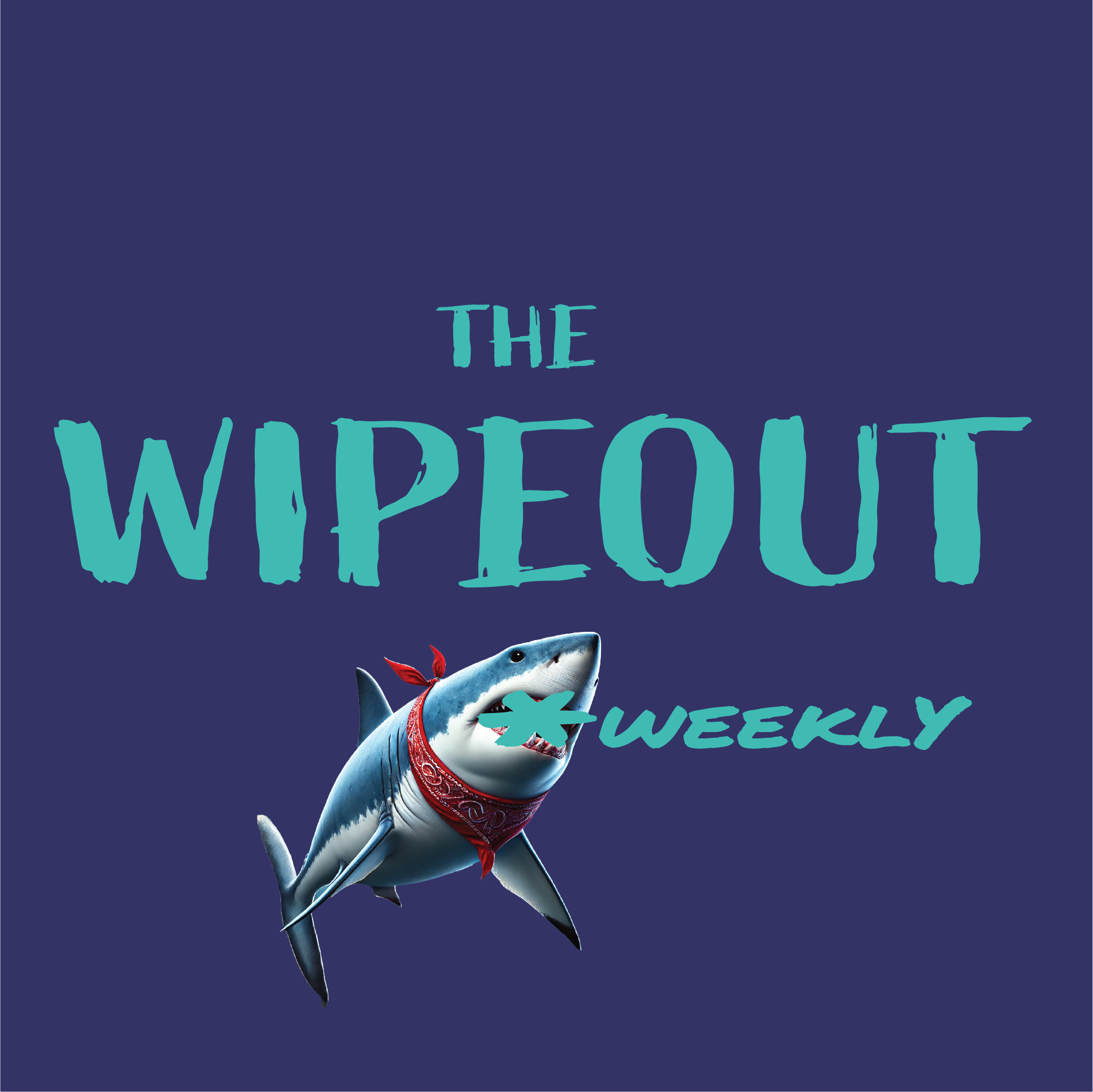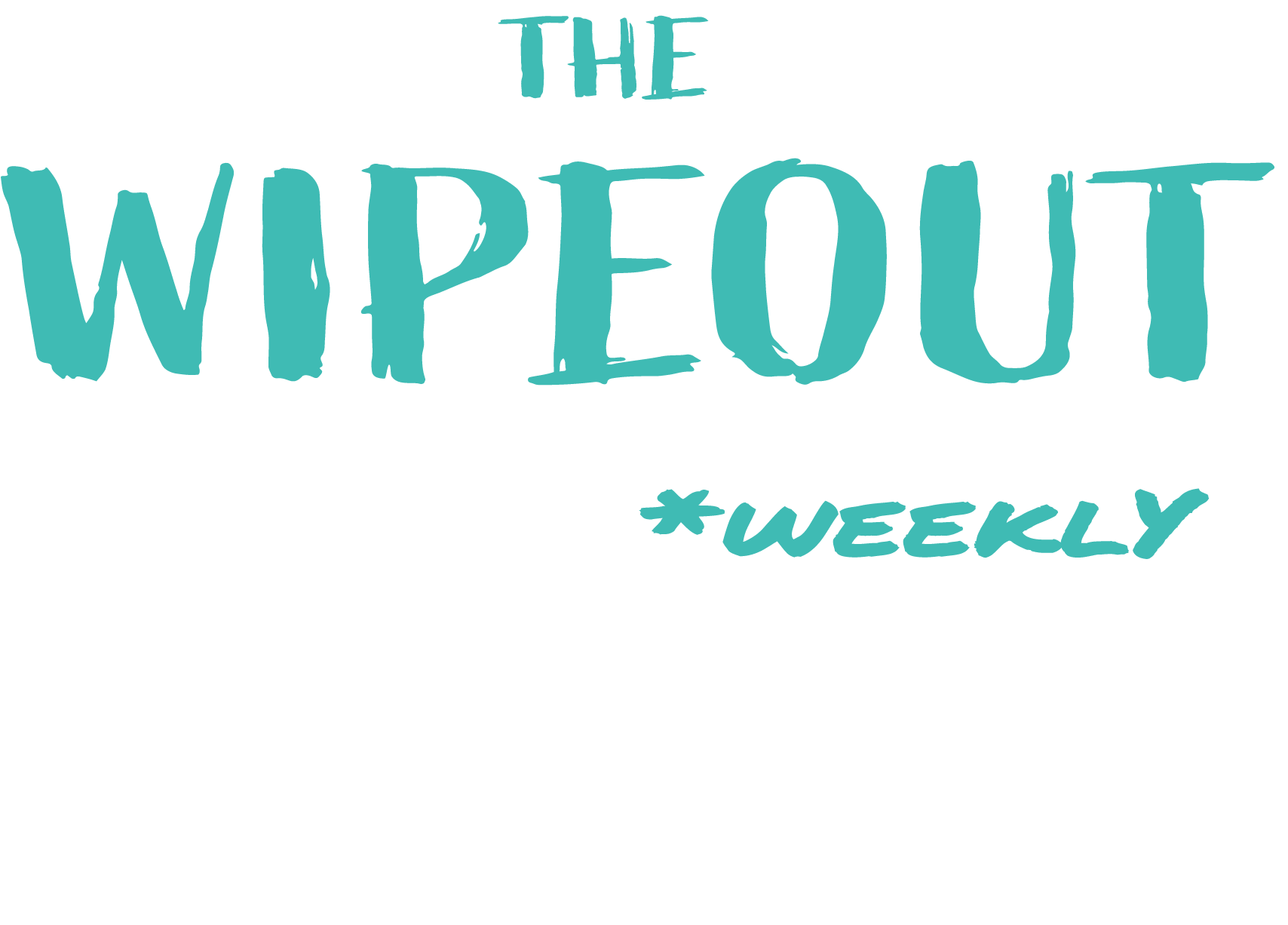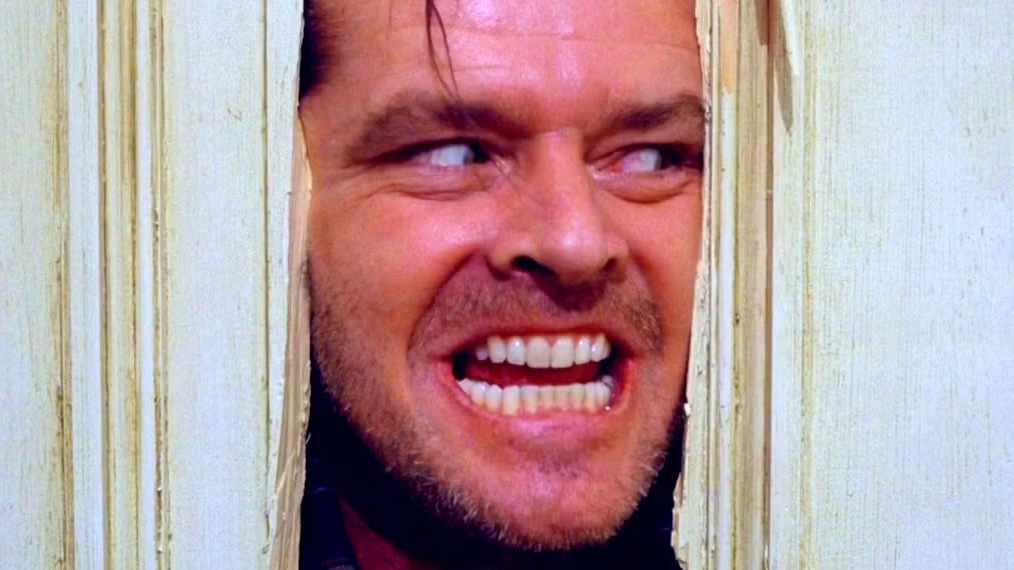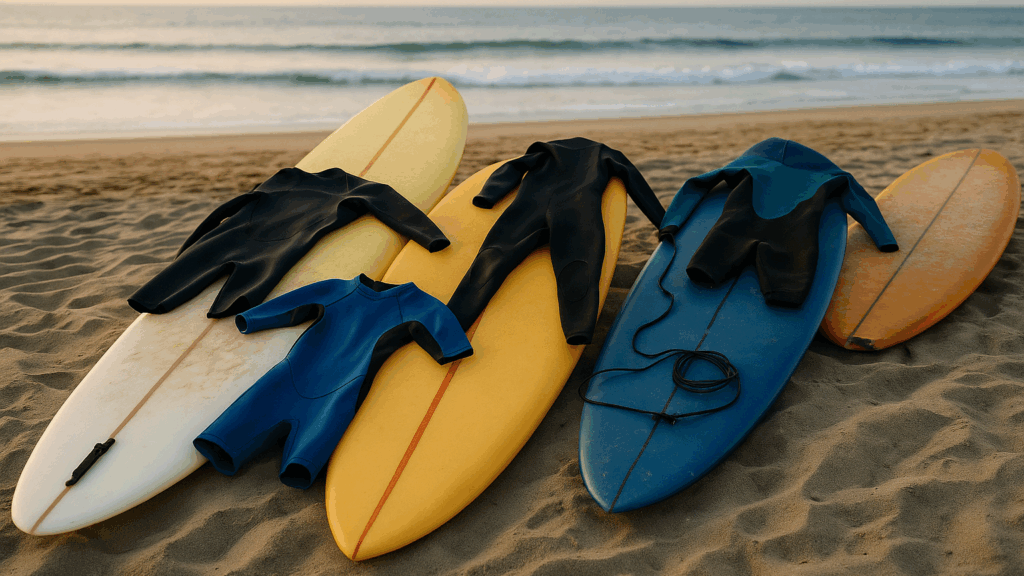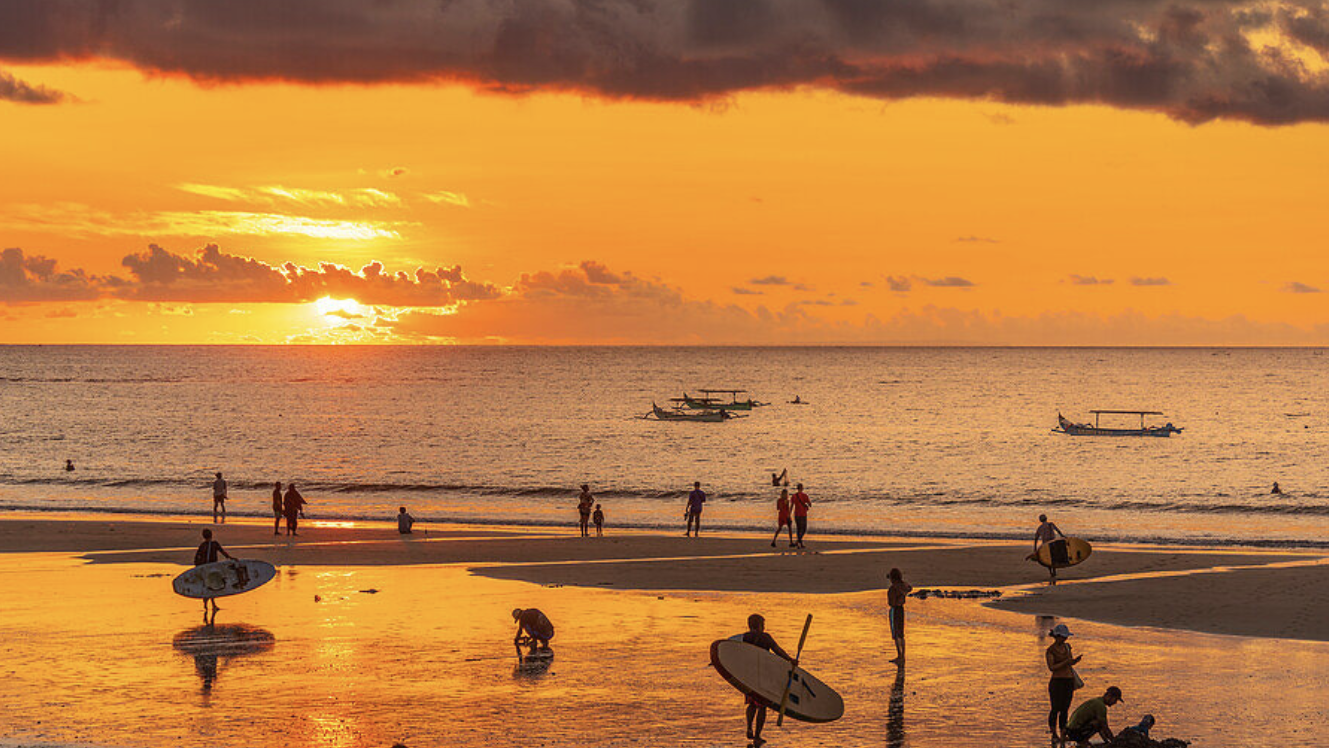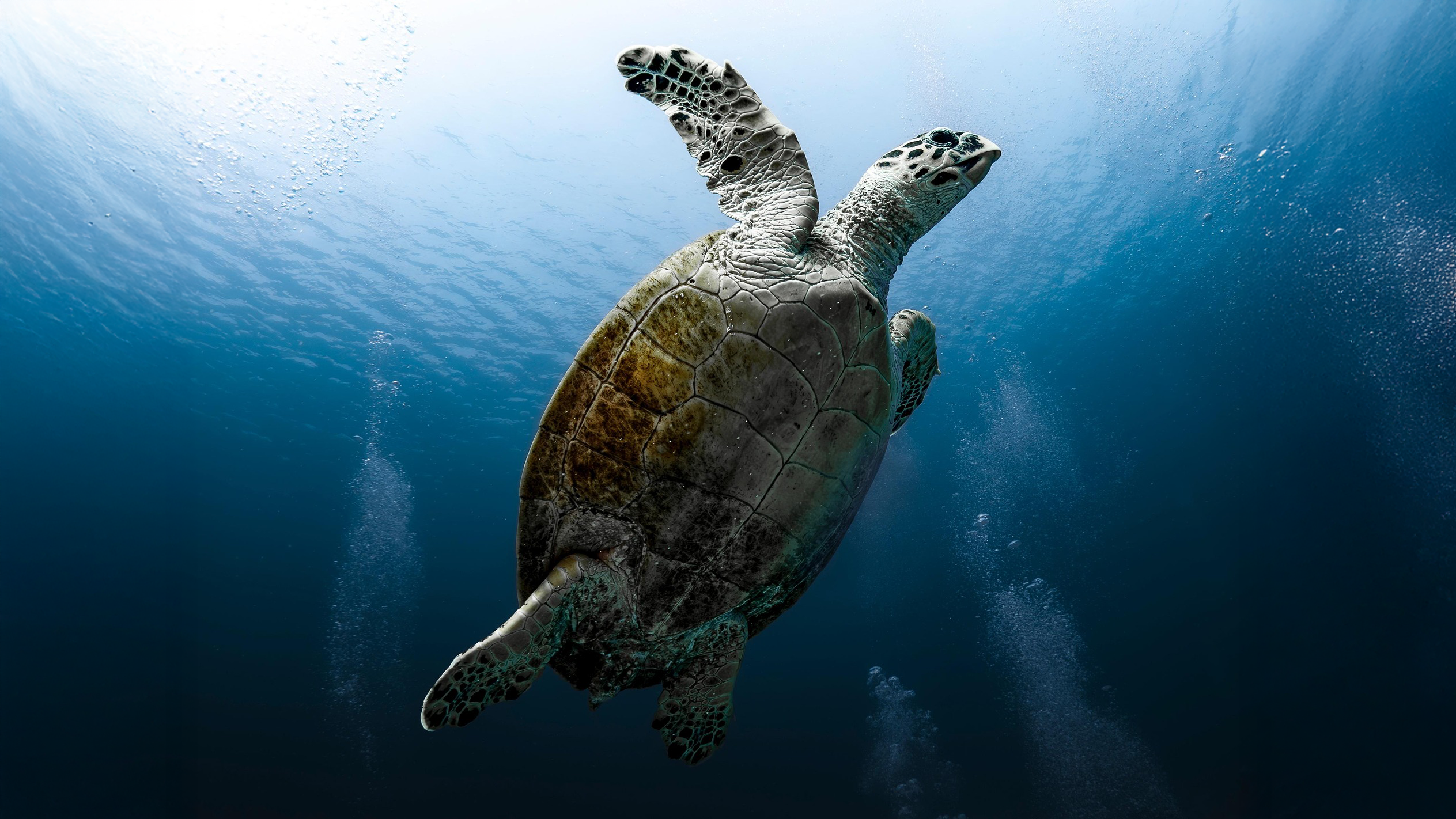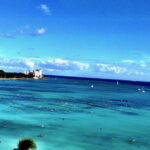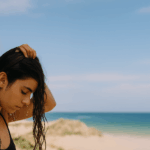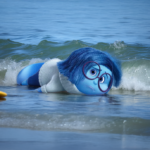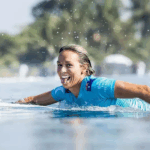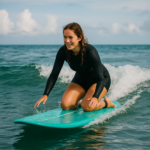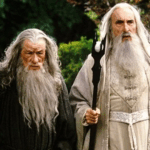Now Reading: Looks like a point break, feels like a point break—still not a point break
-
01
Looks like a point break, feels like a point break—still not a point break
Looks like a point break, feels like a point break—still not a point break
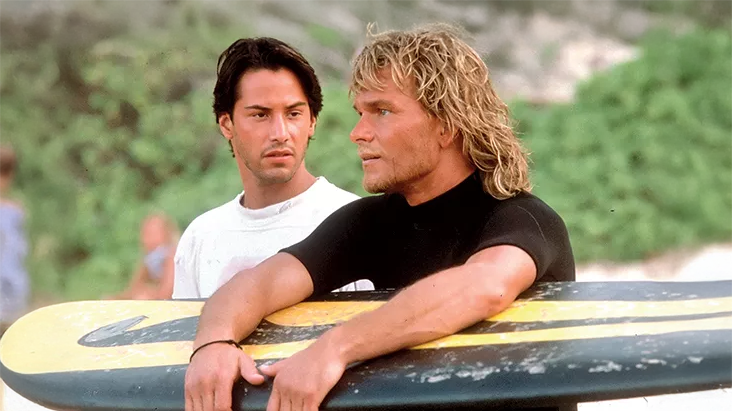
As a beginner, you know pretty well what a beach break is. That’s the break where you don’t usually get shouted at. A point break is a different kettle of fish.
It’s a type of surf break where waves hit a clearly defined point of land—i.e., a “point.” A point can be a rock or bit of headland. The waves then peel along that point, usually creating long and predictable waves. In short, they’re the best kind of waves.
The superiority of point breaks over beach breaks is their consistency. With beach breaks, sandbars constantly shift, making waves behave, well, unpredictably. Predictability, however, doesn’t necessarily mean that the waves are always the same size.
Wait… Waikiki’s not a point break?
As I was writing this, I wanted to use Waikiki as an example of a wave that can be a sloppy half-foot one day, or—when hit by a storm from a southern swell—break out beyond the buoy and reach 15 feet in height. But here’s the kicker: Waikiki is only a “point-feel” break, not a point break! Because it is… tada—a reef break.
Reef break vs. point break
Is there a difference? Apparently so.
Waikiki—as well as another break I thought for sure was a point break, Waimea Bay—doesn’t have a prominent land point extending outward, so waves can’t peel along it. Instead, they form over reef structures and coral beds, creating consistent breaks in multiple spots rather than along a single defined point.
I don’t know about you, but as a beginner, I hear “multiple spots,” and I’m already thinking about the superiority of reef breaks over point breaks.
A real point break: Malibu
So where does one find a proper point break? Malibu—Surfrider Beach. A break that has not one but three points, aptly named First Point, Second Point, and Third Point.
Malibu also has a bottom that, at low tide, can cause some serious damage if you don’t know what you’re doing, because it’s cobblestones and rocks with some sand thrown in the middle. I’ve been on the receiving end—do recommend.
No point break in Point Break
OK, it’s about time I mentioned Point Break, the action-thriller classic with Keanu Reeves and Patrick Swayze that reignited the surf craze in the early ’90s.
Were any surf scenes in Point Break filmed at the most famous point break in California, Malibu? Of course not!
They were filmed further up at Leo Carrillo Beach, which is—wait for it—a hybrid reef/point break. This means consistent waves that can peel nicely, giving it a somewhat point-like feel in certain swell directions.
But it’s not a point break proper. Neither is County Line Beach, where some additional scenes were filmed, nor Waimea Bay, where they shot the big wave scenes. So, no point break in Point Break.
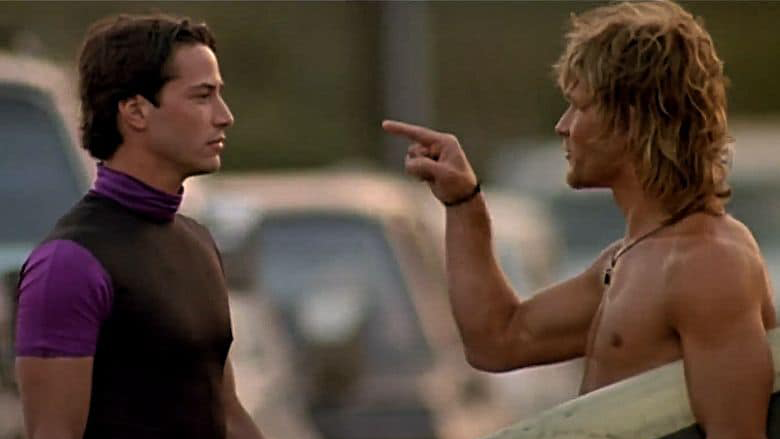
There are two stories I love about the filming of Point Break.
The first one is that while Patrick Swayze embraced surfing and did most of his own stunts, Keanu Reeves initially struggled.
He eventually developed pretty decent surf skills, but still relied on a stunt double more than Swayze did. I just can’t imagine Keanu struggling with anything. I love him.
The other story concerns a surfboard shaped specifically for Patrick Swayze’s character—Bodhi. It was a 6 ft 8.75 Spyder-brand surfboard, custom-designed by Dennis Jarvis. The surfboard is very unique.
It features an approximately 15-inch-long, 1.5-inch-wide channel running up the center of the board to allow for Swayze’s—I quote—“unusually pronounced sternum.” Three boards were made for the production.
The one apparently used in the night surfing scene (awfully hard to film, I read) sold for $64,000. That’s a whopper of a price tag.
Advantages of a point break
Let’s circle back to our discussion on the advantages of a point break. Apart from the fact that no one called their movie Beach Break…
Whaaaat? There is a movie called Beach Break? You must be kidding me.
Listen to this: Released in 2018, the film features characters including a puppy, a shell, and a Minnie Mouse headband who must set aside their differences upon discovering that the beach they inhabit is under threat
Noooooo, I was right. It’s a short, not a full-length movie. We’re good.
Beach Break is a short. Point Break is a movie. Movies are longer than shorts. Waves at point breaks peel neatly, giving you more time to practice and improve.
Point breaks rule because it’s easier to practice your pop-up at point breaks where the waves are not closing out as quickly as at beach breaks. You can explore bottom turns, top turns, and trimming along the wave as you gain experience.
The downsides of point breaks
There’s stuff about point breaks that sucks too.
They’re crowded, competitive, and tend to be rocky, so both your pride and your bottom may suffer (especially at low tide). But totally worth it—like that $64,000 Bodhi surfboard. And that’s our point break.
Oh, sorry, I promised you some real point-breaks:
- Jeffrey’s Bay, South Africa
- Burleigh Heads & The Superbank, Gold Coast, Australia
- Rincon & Malibu, California
- Mundaka, Spain
Mic drop.
